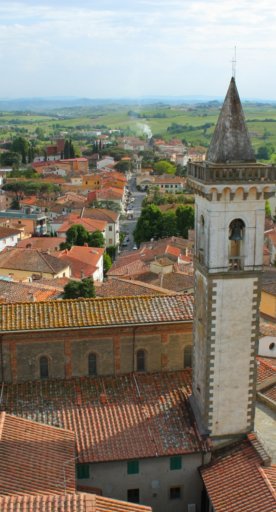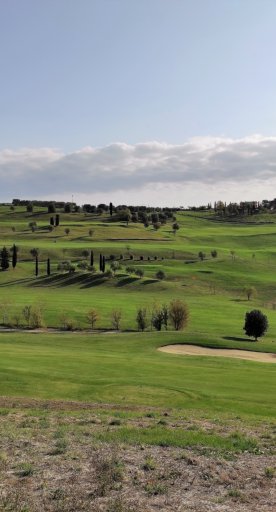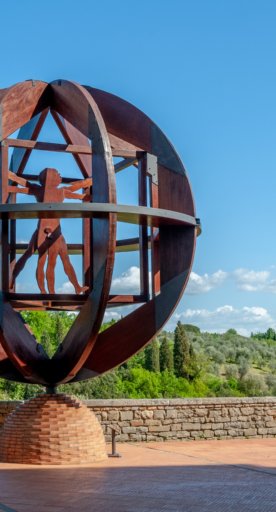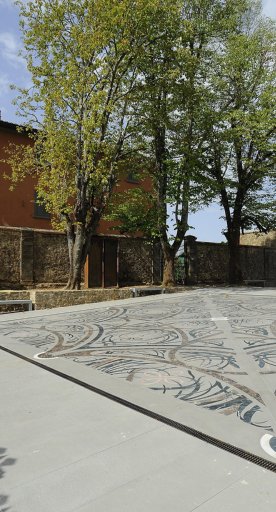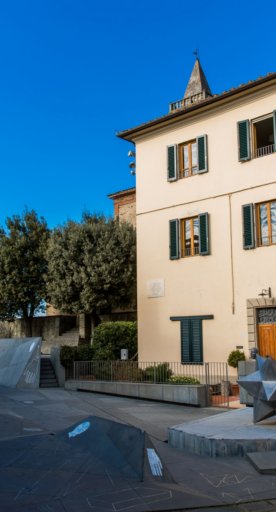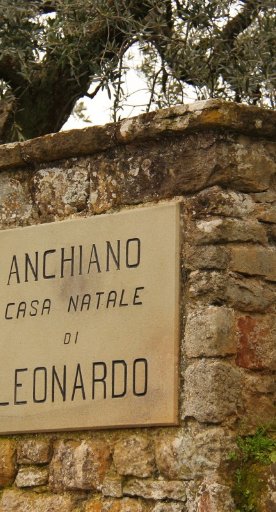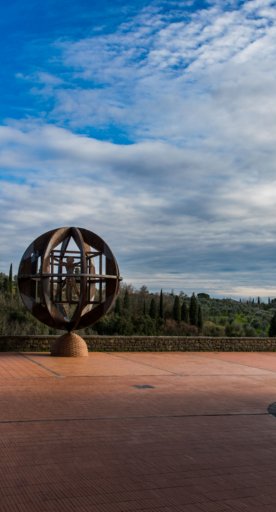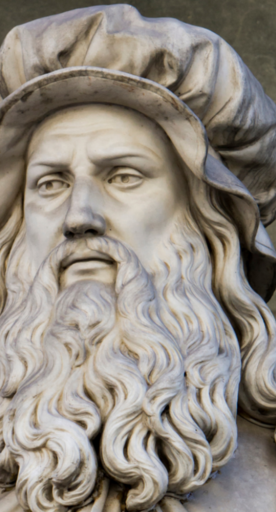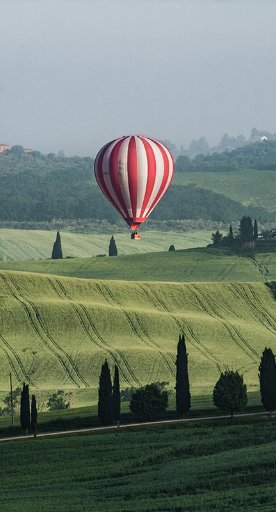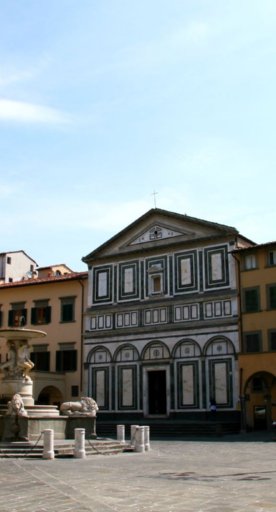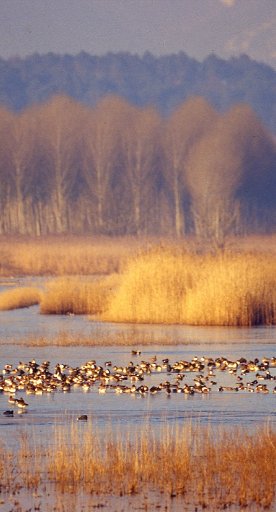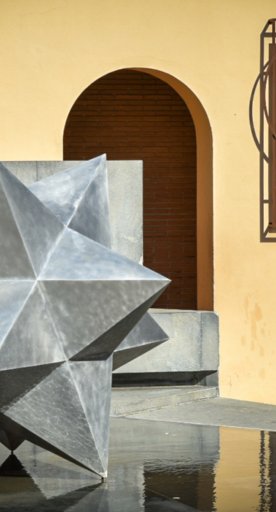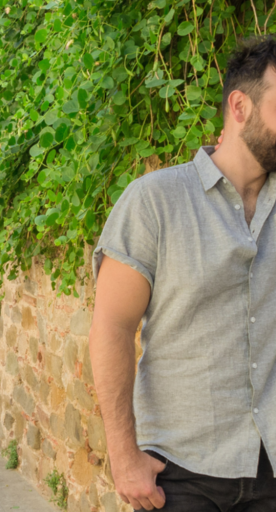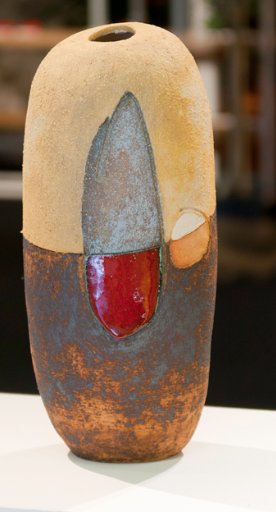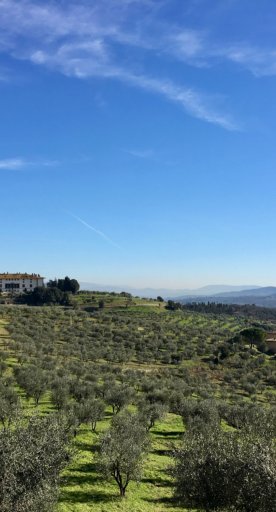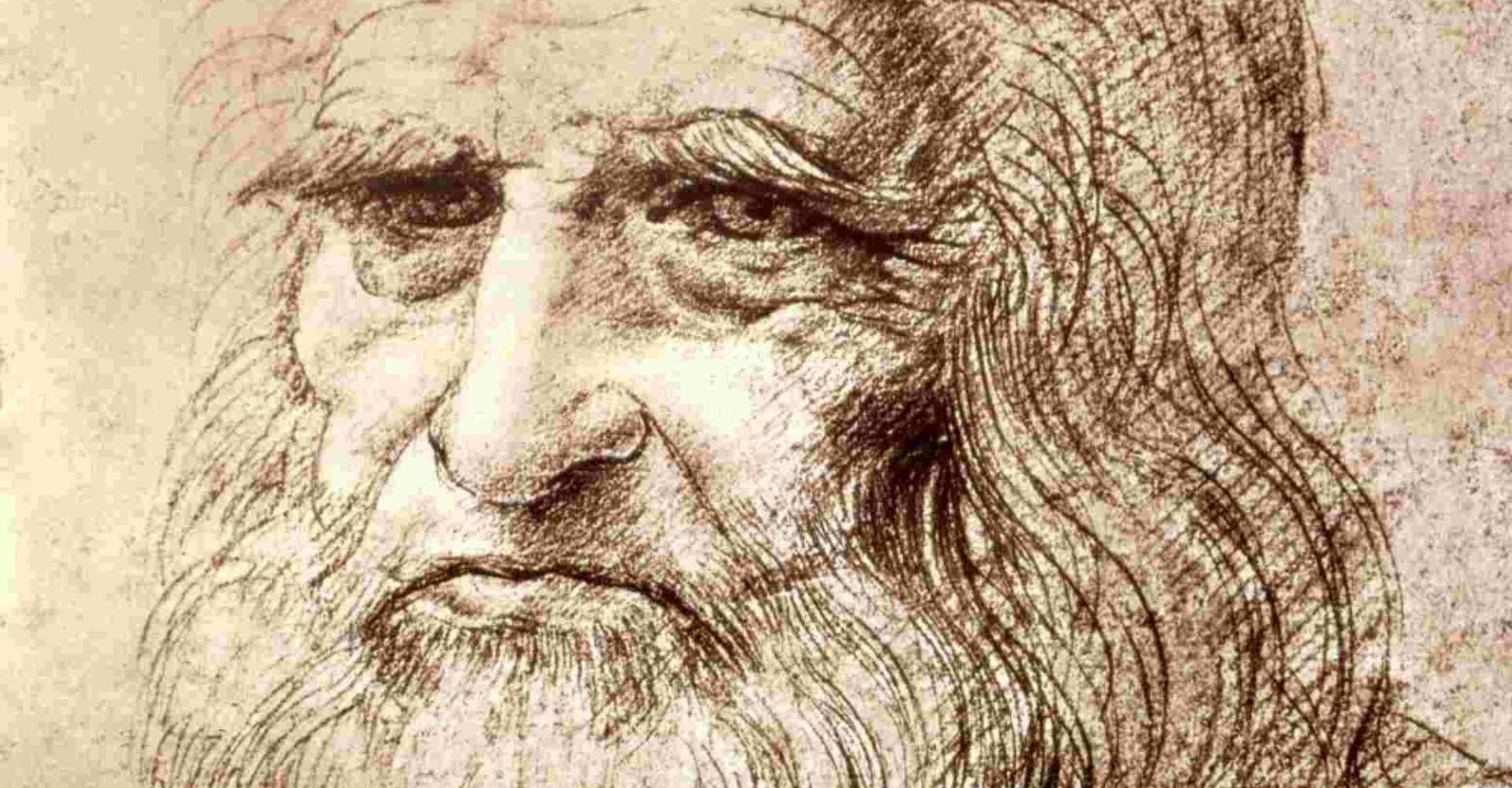
Vinci
Discover the genius in a town nestled between the Valdelsa and Montalbano hills
Situated on the slopes of Montalbano, Vinci is a well-preserved medieval town that's known internationally for being the birthplace of the great genius of the Italian Renaissance, Leonardo Da Vinci. Even today, the life of the town revolves around the multi-talented Renaissance figure with the town itself a kind of widespread museum dedicated to the genius.
What to see in Vinci?
The first stop on your visit will be the Leonardo Museum, an important center for in-depth study of Leonardo’s technical and scientific findings, housed in the offices of the Palazzina Uzielli and the Castle of the Guidi Counts. Inside the museum, machines and models are presented with exact references to the artist’s sketches and handwritten annotations, along with digital animations and interactive applications. At the beginning your tour, a large panel details the stages of Leonardo’s life and work in relation to the main historical, cultural, and social events of the time. Your attention will be drawn to Leonardo’s machine models: from military to construction and other scientific instruments. A few meters from the museum is the Leonardo Library, a reference point for Italian and international scholars who can learn more about Leonardo’s work here.
Santa Croce Church, built in the 13th century and renovated in a neo-Renaissance style, preserves the baptismal font where Leonardo da Vinci is said to have been baptized. Not far from the church is Piazza dei Guidi, an urban and modern space designed by Mimmo Paladino who drew inspiration from Leonardo’s scientific and artistic works. The artist created a network of different shapes, with varying compositions formed from slabs of Cardoso stone.
The first stop on your visit will be the Leonardo Museum, an important center for in-depth study of Leonardo’s technical and scientific findings, housed in the offices of the Palazzina Uzielli and the Castle of the Guidi Counts. Inside the museum, machines and models are presented with exact references to the artist’s sketches and handwritten annotations, along with digital animations and interactive applications. At the beginning your tour, a large panel details the stages of Leonardo’s life and work in relation to the main historical, cultural, and social events of the time. Your attention will be drawn to Leonardo’s machine models: from military to construction and other scientific instruments. A few meters from the museum is the Leonardo Library, a reference point for Italian and international scholars who can learn more about Leonardo’s work here.
Santa Croce Church, built in the 13th century and renovated in a neo-Renaissance style, preserves the baptismal font where Leonardo da Vinci is said to have been baptized. Not far from the church is Piazza dei Guidi, an urban and modern space designed by Mimmo Paladino who drew inspiration from Leonardo’s scientific and artistic works. The artist created a network of different shapes, with varying compositions formed from slabs of Cardoso stone.
Nearby
3km from the town centre in the area of Anchiano, you can visit Leonardo’s birthplace. It's reachable by car or on foot by following the Strada Verde, a path that connects Vinci to Anchiano through vineyards and olive groves. The building is located in the center of a charming hilly landscape and houses a permanent educational exhibition.
Vinci is in the Empolese Valdelsa and Montalbano, a perfect area for those who love nature and slow tourism, with many walks and excursions on offer. At the foot of Montalbano, the Fucecchio Marsh spreads out in a paradise for birdwatchers, home to a great variety of plants and 200 species of birds including herons and black storks.
3km from the town centre in the area of Anchiano, you can visit Leonardo’s birthplace. It's reachable by car or on foot by following the Strada Verde, a path that connects Vinci to Anchiano through vineyards and olive groves. The building is located in the center of a charming hilly landscape and houses a permanent educational exhibition.
Vinci is in the Empolese Valdelsa and Montalbano, a perfect area for those who love nature and slow tourism, with many walks and excursions on offer. At the foot of Montalbano, the Fucecchio Marsh spreads out in a paradise for birdwatchers, home to a great variety of plants and 200 species of birds including herons and black storks.
Events
On the last Wednesday of July, a historical procession remembers the most important moments in the story of Captain Cecchi Santi, a soldier in the Vinci army, who for his love of a woman from an enemy area, betrayed his city and was thrown from the tower of the Castle of the Guidi Counts. Legend says that the soldier managed to miraculously save himself by flying to the opposite hill, thanks to a glass of wine.
The Unicorn Festival takes place in the village on the last weekend of July, the medieval fantasy event attracts thousands of comic fans. The city, closed to traffic and set up in thematic areas, welcomes fantastic creatures for three days.
On the last Wednesday of July, a historical procession remembers the most important moments in the story of Captain Cecchi Santi, a soldier in the Vinci army, who for his love of a woman from an enemy area, betrayed his city and was thrown from the tower of the Castle of the Guidi Counts. Legend says that the soldier managed to miraculously save himself by flying to the opposite hill, thanks to a glass of wine.
The Unicorn Festival takes place in the village on the last weekend of July, the medieval fantasy event attracts thousands of comic fans. The city, closed to traffic and set up in thematic areas, welcomes fantastic creatures for three days.
Typical dishes and products
Vinci is the ideal place to try traditional Tuscan cuisine such as pappa col pomodoro, spelt soup and black cabbage farinata. In the hills of Vinci, Tuscan extra virgin olive oil IGP is produced, recognized with the Protected Geographical Indication (I.G.P.) status and easily recognisable for its unmistakeable and slightly spicy flavour.
Vinci is the ideal place to try traditional Tuscan cuisine such as pappa col pomodoro, spelt soup and black cabbage farinata. In the hills of Vinci, Tuscan extra virgin olive oil IGP is produced, recognized with the Protected Geographical Indication (I.G.P.) status and easily recognisable for its unmistakeable and slightly spicy flavour.
